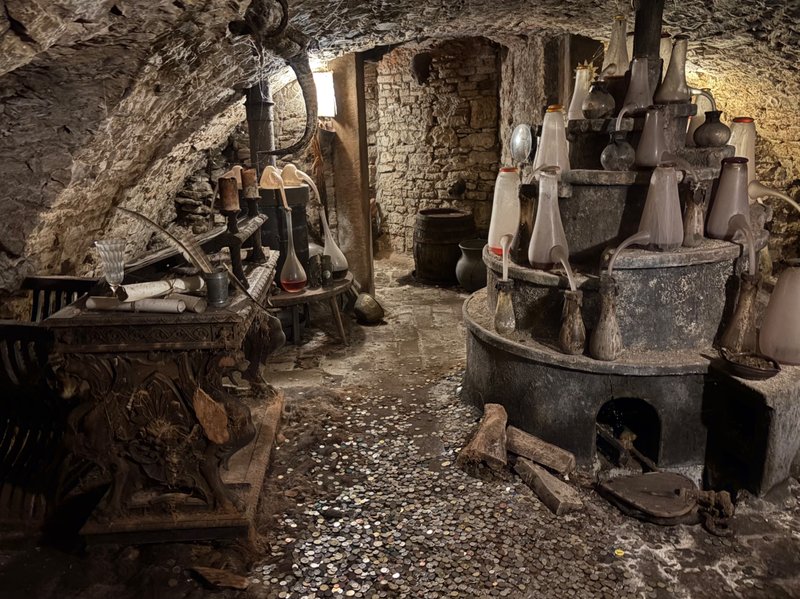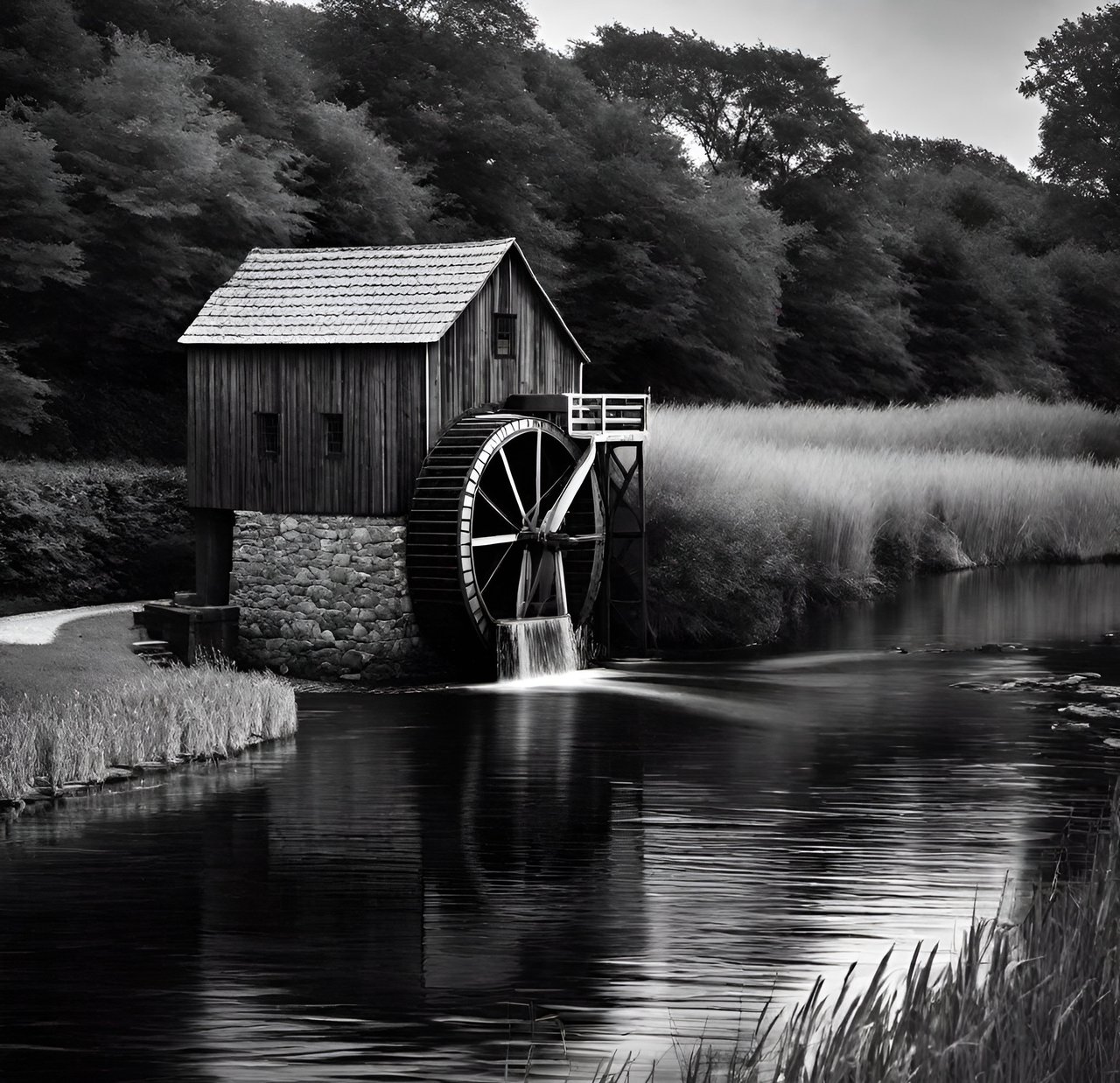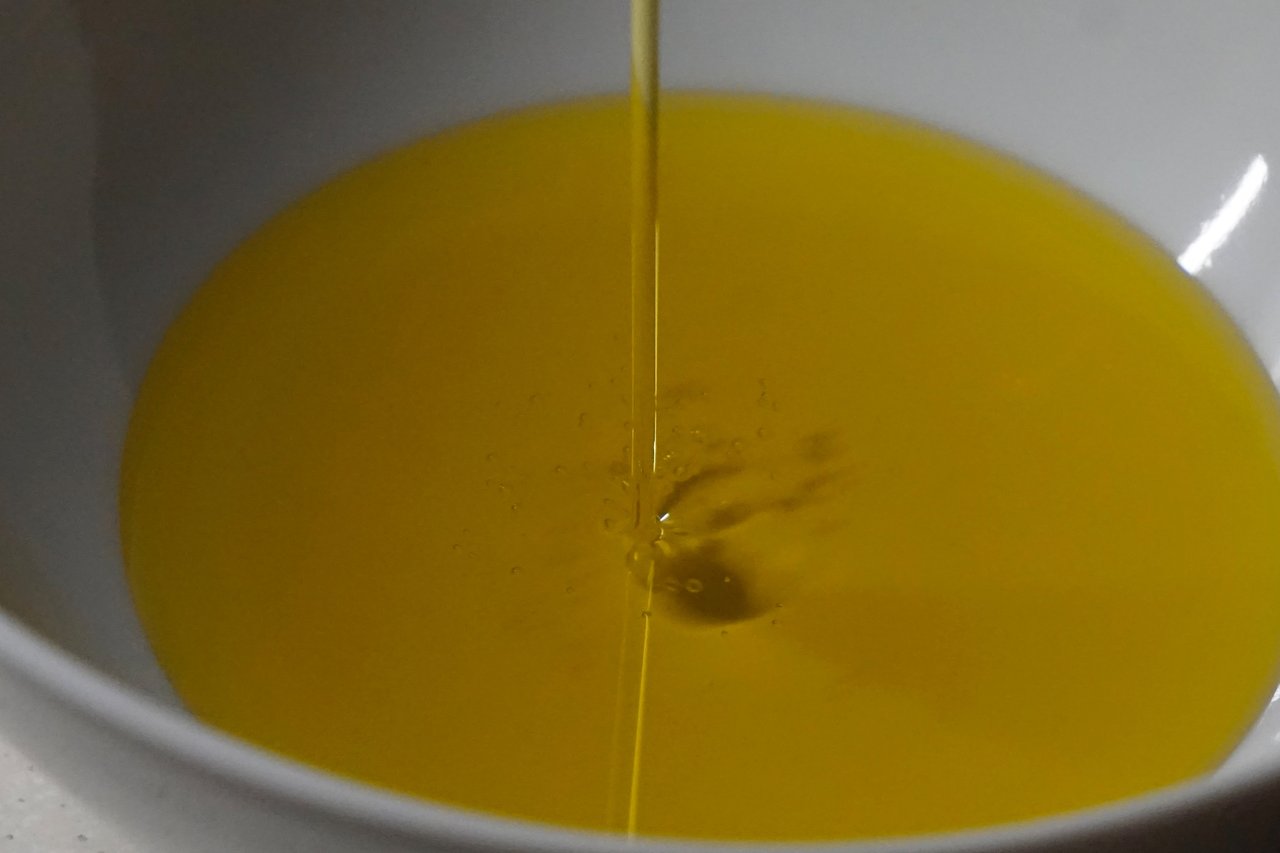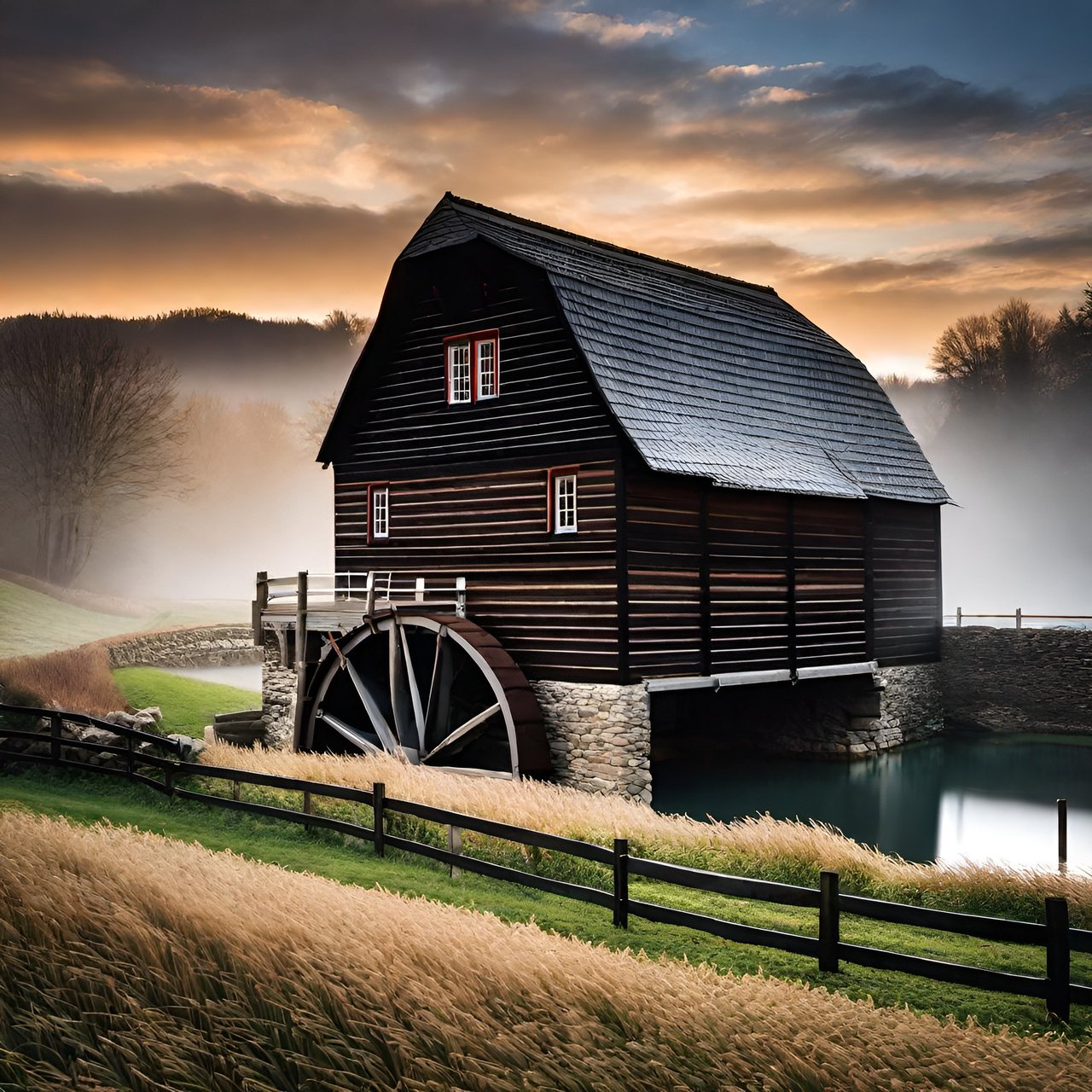History of the Oil mills
12 comments
Hey dear community, first of all I would like to welcome you all to my new post and hope you had a day that has been full of positive experiences! Today I would like to discuss an interesting historical topic and hope you can expand your knowledge a little.
You can see few artworks of mills that were used for the production of oil as well as the resulting product and in addition, I would like to go into the general history of the oil. The traces of the first oil are already several thousand years old and the first oils were pressed from olives or sesame and a rough distinction was made between fruits from which oil was pressed or seeds which had to be crushed before. The first traces can be traced back to ancient Greece where the olive tree was associated with the goddess of wisdom Athena and it is assumed that it came through the Phoenicians to ancient Greece as well as Spain or Africa. In general, the olive tree in the Mediterranean region was very widespread and of great importance and also in Asia or Egypt there are traces about the use of various oils which were already used at that time for frying or baking bread and numerous scholars went into the production and also Pliny the elder wrote about the production. For the production of the oil, people already used earlier predecessor of the mills, which consisted of plates of stones between which the material has been crushed and with the development of the mills, the topic was simplified more and more. In the Middle Ages, the simplification of production has changed and it happened that many mills have been built, which were first operated with water and later with wind. Again and again there are traces that entire settlements were full of these mills at that time and there were once thousands of mills that concentrated on the procution of oil and the farmers from the region brought their harvest to the mills and then it was processed into oil and especially often oil was produced from flaxseed at that time. With the growing trade, it also happened that more different raw materials were imported from other countries via the sea, which ensured that oil could now also be produced from other materials such as peanuts or palm seeds and the increasing demand for oils ensured that the trade expanded more and more. The traditional production of oil still existed until the industrial revolution until many mills were demolished and the production processes was changed more and more and also the plants used for the production changed over the years and it was primarily about increasing the yield and more chemical additives came into play for the production.
Thank you very much for stopping by and I hope you could learn something new about history! I captured these pictures with my Camera Sony Alpha 6000 plus 55-210 mm lens and created the others with AI!







Comments